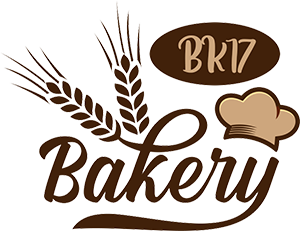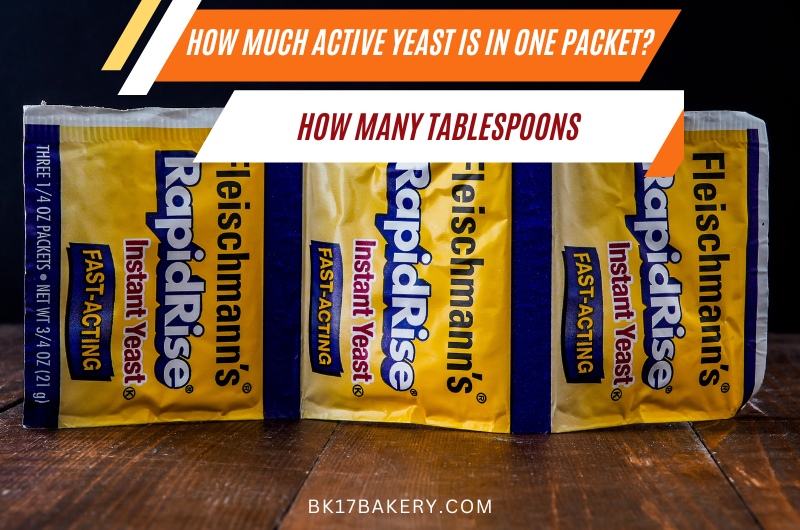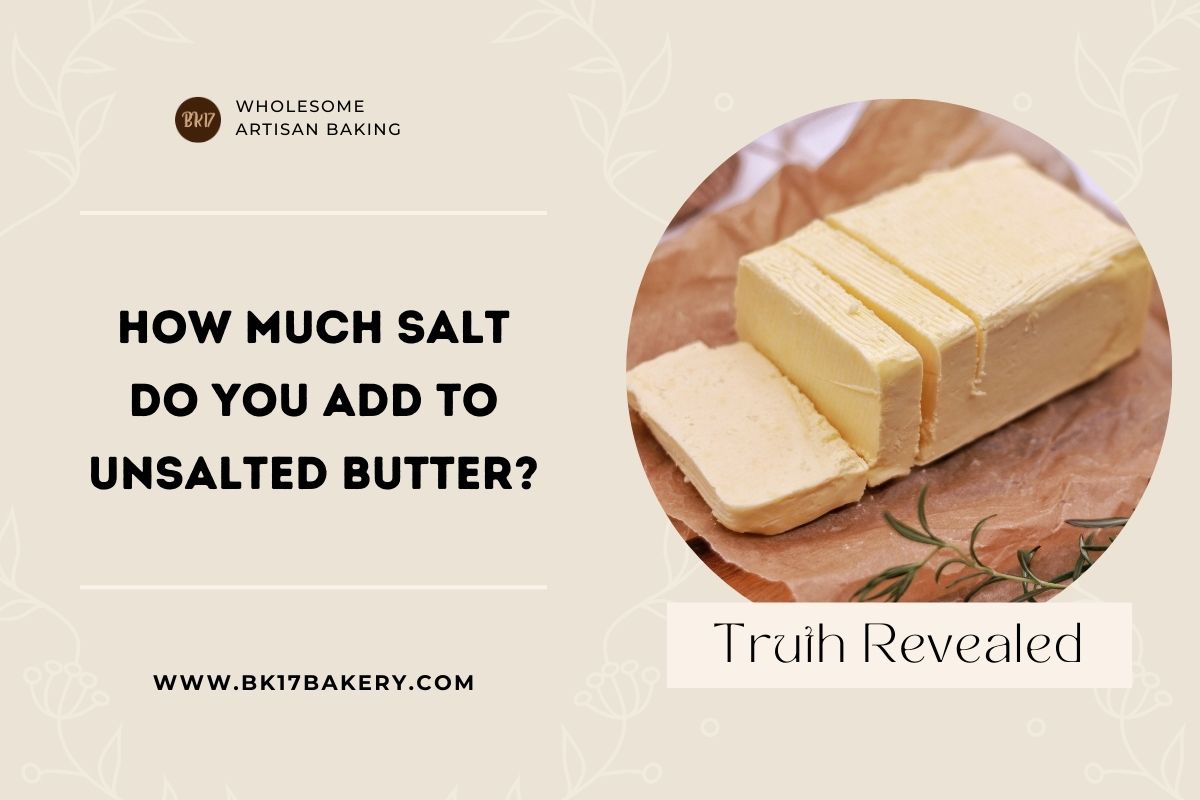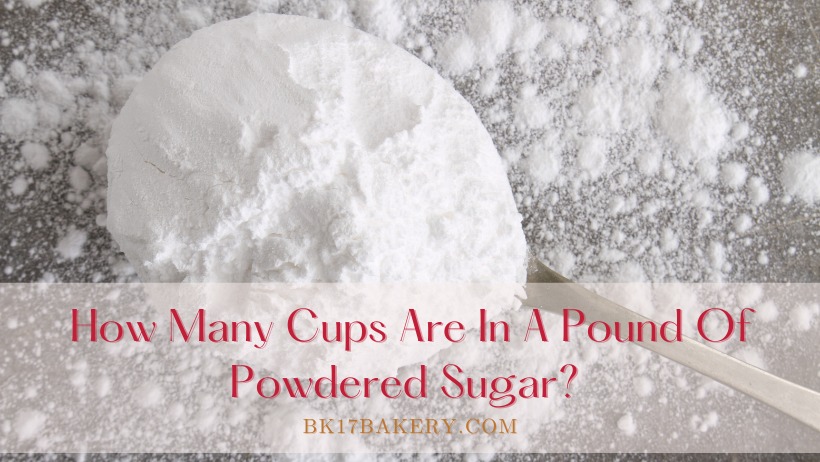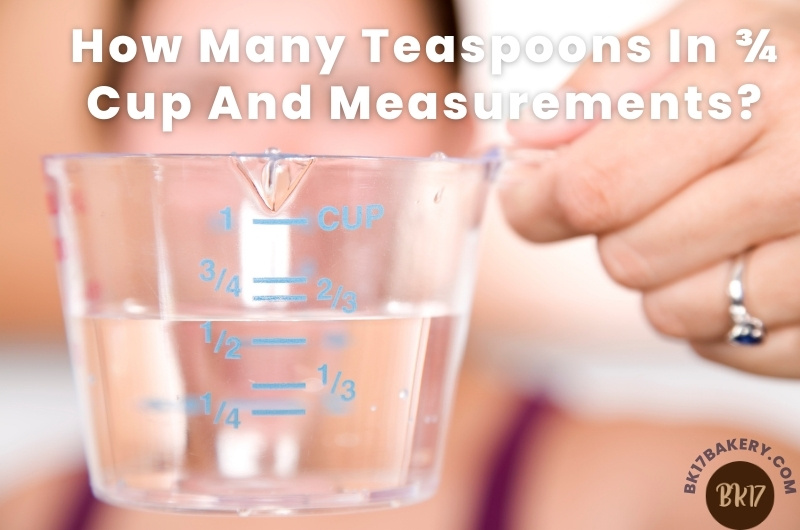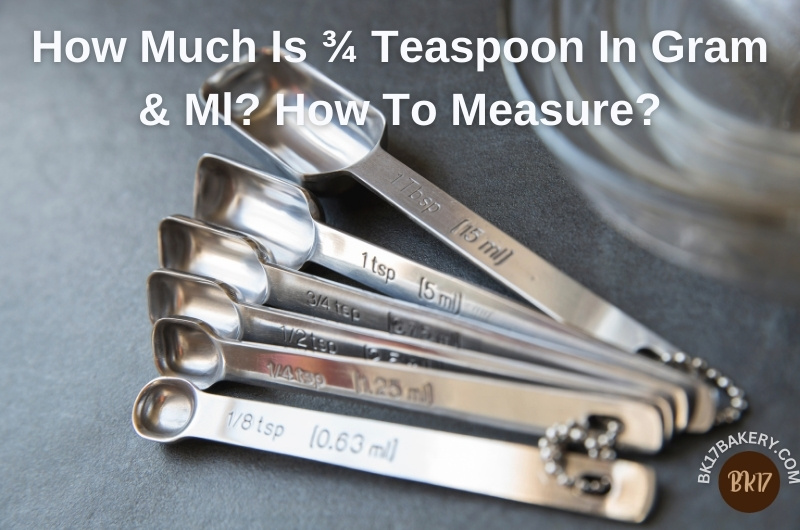Yeast is an integral part of delicious loaves of bread. This ingredient gives your batches a spongy, puffy, and airy crust.
It is a no-brainer when your recipe specifies combining a single yeast packet. But that’s rarely the case when each recipe calls for a different portion.
You may wonder how much is in one packet of yeast to take out the proper amount. Then scroll down to learn now!
In This Article
What Is Yeast?
A Quick Glance
Yeast is a single-celled microorganism that belongs to the fungus family. It lives on moisture and light and feeds on sugars and starches. Its feeding will release carbon dioxide, which causes your dough to expand.
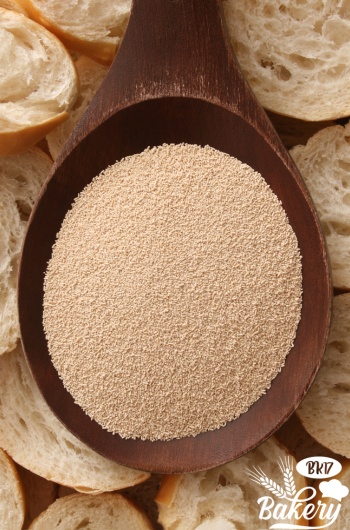
Scientists have named the process fermentation, and the yeast activity gives your dough a distinctive light and airy texture. In addition to being an agent in baking, this ingredient is also commonly used in wine and beer manufacturing.
How Does It Work?
Yeast converts sugars and starches into alcohol and carbon dioxide gas when released into an environment rich in moisture like your dough. CO2 forms bubbles that transform into holes in the bread’s texture.
At the same time, these living organisms also reproduce considerably in numbers as long as they survive in good living conditions. As a result, yeast cells increase, forming an elastic gluten network.
The fermentation process stops when you start to turn on the oven. The high temperature destroys the yeast while pushing the CO2 to the surface. This puts pressure on the gluten mesh and leads to the rapid rise of the dough.
Kinds Of Yeast
There are three main types of yeast commonly used in baking.
Active dry yeast
This is the most common type of yeast available in packets or jars. For cooking, chefs need to activate dry yeast with warm water in what is known as ” blooming.” This process lasts about 15 minutes, and the yeast is activated.
I recommend this option for new bakers, like I used to when I first dipped my toes into baking, although it takes a while. You need to rehydrate during fermentation, thus limiting the possibility of over-baking the dough. In addition, you can also check to see if the yeast is still alive to ensure the structure and flavor of the finished product.
Instant yeast
As the name implies, instant yeast does not undergo the activation time because it is already hydrated. One biggest plus is its immediate effect, thus saving your effort.
Beginner bakers love it because they do not struggle with the preparation process in a separate container. All you need to do is add it to the dough and take further steps.
Plus, it tolerates temperatures better than others. On the downside, I do not appreciate the flavor development of this variety, which lacks the iconic yeasty note (actually it’s still there but not noticeable) that I can sniff from active-dry-yeast-made bread.
Fresh yeast
You can find this under many other names, such as cake, wet, or compressed yeast. It is difficult to find in local grocery stores due to limited supply and short shelf life.
You need to reach the refrigeration areas in big supermarkets if you want to buy some. Note that cake yeast is often sold in small solid blocks. Similar to the first option, it needs warm water to work.
I feel it isn’t easy to maintain because of the moisture in the ingredients. I do not use it often except for recipes with a long incubation time.
How Much Yeast Is One Packet?
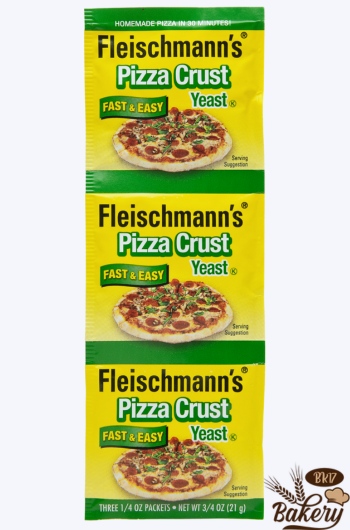
You can take 2 and ¼ teaspoons or ¾ tablespoon of yeast in one packet that weighs about 7 grams or ¼ ounces. It’s best to precisely measure the yeast amount (even with fractions) to ensure perfectly baked bread.
In Grams
Instant and active yeast come in small packets with a standard weight of 7 grams. The good news is that yeast volume almost stays consistent regardless of brand. Note that most manufacturers often sell in sets of 3-9 packs.
An exception is fresh yeast which is available in block form. Each individual weighs around 57 grams (or 2 ounces). Another option measures 17 grams (or 0.6 ounces).
In Teaspoon
If your recipe calls for a packet, but you have stocked up on bulk in the container, scoop 2 and ¼ teaspoons of yeast. Remember to invest in a quality measuring tool (or scale) to limit measurement errors.
In Tablespoon
It is a bit of a hassle if you only have tablespoons on hand. So how many tablespoons of yeast in a packet? Here is the conversion rate:
2 and ¼ teaspoons = ¾ tablespoon
See more: How Much Is 3/4 Teaspoon In Gram & Ml? How To Measure?
How Many Yeast Packets Do I Need For My Bread Recipe?
The exact measurement depends on your recipe. In general, most medium-sized batches require a packet.
A general rule of thumb is that one package of active dry yeast often goes with about 500 grams or one pound or 4 cups of flour. For the fresh yeast, the required amount for the same ingredient is 17 grams.
Still, a large loaf or a multi-loaf batch asks for more. On the contract, I have made some recipes involving slow fermentation, even using as little as 1-2 grams.
For examples, I always use only 1 teaspoon or 3 grams of yeast for my French baguettes (including 500g of flour). But my sourdough recipe usually calls for more, about ½ teaspoon of yeast for every cup of flour.
Refer to the below table for the accurate yeast-to-flour ratio.
| Flour | Dry or instant yeast | Wet yeast |
| 4 cups | 1 packet | ⅔ oz. |
| 5-8 cups | 2 packet | 1 and ⅓ oz |
| 9-12 cups | 3 packet | 2 oz |
| 13-16 cups | 4 packet | 2 and ⅓ oz |
| 17-20 cups | 5 packet | 3 and ⅓ oz |
How To Measure Yeast
If your recipe does not point to one packet, be careful about getting yeast. Investing in a kitchen scale to measure less than 7 grams of yeast is best. After that, prepare a bowl and use a teaspoon to fill in little by little until you reach the desired amount.
Another effective alternative is the digital measuring spoon. This tool has the same operation and accuracy as a scale but is more compact in dimensions.
What if you do not have scales? Do not hesitate to use manual measuring spoon sets. I have given you a conversion rate from grams to teaspoons, and you can stick to it.
Can You Substitute One Kind Of Yeast For Another? Yeast Conversion
The quick answer is YES. You can substitute yeasts for each other but follow the exact proportions. For example, the conversion between instant and active dry yeast should be done in a 1:1.25 ratio.
In simple terms, you must add 1 and ¼ teaspoons of dry yeast if your favorite recipe calls for 1 teaspoon of instant yeast. Conversely, reduce the volume of instant yeast by 25% (¼ teaspoon) when you want to replace 1 teaspoon of active dry yeast. Plus, it would help if you let the active yeast sit for an extended period so that it comes into contact with the dough.
In case you want to substitute fresh yeast for the other two, the proportions are a bit trickier. Suppose you need an amount equal to 20g of fresh yeast. You reduce the weight of active dry yeast by 50% to 10g and the portion of instant yeast by 40% to 8g.
How To Store Leftover Yeast
If you have opened a package of yeast and not used it all, keep it away from sunlight. This product has a long shelf life (about 18 months) but should stay in a cool and dark place.
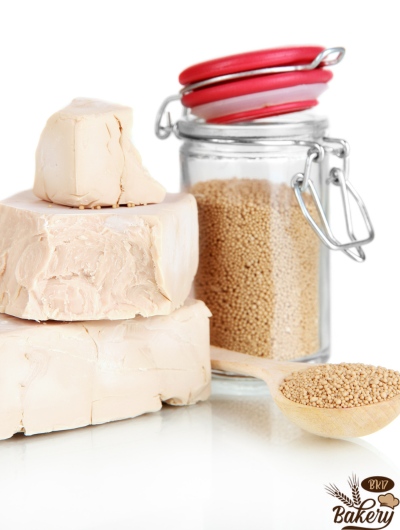
Store it in an airtight container and place it in the refrigerator. Note that now its viability has been reduced to 4 months. Another idea is to put yours in the freezer. This allows the yeast to last for about 2 years.
Here is how I test its ability after sitting on my pantry for quite some time:
After removing it from the box, dissolve a small amount of yeast in a packet with a pinch of sugar and 1 cup of water. If air bubbles appear after 10 minutes, your product is still good.
FAQs
How Much Yeast Do I Need For 500g Of Flour?
Add 5-7 grams of yeast to 500 grams of flour.
Is 7g Of Yeast 1 Teaspoon?
No. As mentioned above, 7g of yeast equals 2 ¼ teaspoons.
Is 7g Of Yeast A Tablespoon?
Certainly, NO. The general conversion rate indicates that 7g of yeast equals ¾ tablespoons.
What Happens If You Use Too Much Yeast?
The most obvious symptom is that your homemade bread rises at breakneck speed. Besides, the finished product has a yeasty taste and tough texture. Some useful solutions in this case include:
- Reduce the rising temperature
- Add more bread flour
- Underproof the dough
- Reduce baking time
What To Do If You Put Too Little Yeast?
When you lack yeast, the dough takes longer to rise or does not rise at all. Here are something you can do to fix it:
- Let your dough sit longer
- Add additional yeast
- Increase the rising temperature
Conclusion
Yeast can make or break your bread. So knowing how much is in a packet of yeast helps calculate the exact conversion rate in cases where this ingredient is unavailable in standard packaging.
You can substitute one for another kind as long as you commit to the specified rate. However, I still recommend you adhere to the original baking recipe, especially for beginners.
